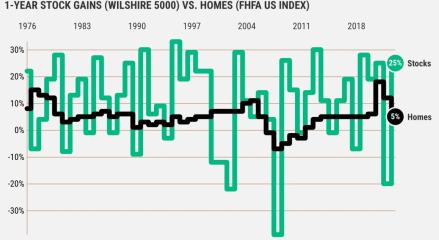
After days of gridlock and uncertainty, the US port strike is over. The longshoremen strike, which threw the shipping industry into turmoil this Tuesday, finally reached a conclusion that saves the economy from potential disaster, with negotiations coming to a close yesterday.
The strike, initiated by the International Longshoremen’s Association (ILA), froze operations at major US ports for days, threatening to disrupt an already fragile supply chain. The strike With a deal in place, however, we can all take a deep breath. But how did we get here, and what’s the actual fallout from all this?
The Port Strike: A Messy Start and Even Messier Impacts
The port workers strike kicked off in classic labor-versus-management style. Long-simmering tensions between the ILA and port operators finally boiled over when contract negotiations hit a wall. With dockworkers demanding better pay and working conditions, the shippers weren’t exactly quick to accommodate those demands.
This standoff led to a massive queue of ships waiting to unload their cargo, sparking fears of a nationwide supply chain bottleneck ala COVID. As the longshoremen strike dragged on, businesses from all sectors were on edge. The potential cost? Billions of dollars in lost trade, delayed shipments, and disrupted manufacturing schedules.
Turns out, Americans were always going to be OK.
The situation grew dire as the strike stretched into its third day, with a growing queue of ships off the coast of major US ports, including Savannah and Houston. If left unresolved, these delays could have caused far-reaching ripple effects on retailers, manufacturers, and consumers and markets around the world. Fortunately, that doomsday scenario was averted.
The Strike Is Over: Reaching an Agreement
The deal that ended the port strike is a textbook example of compromise. Both sides made concessions to break the deadlock. The ILA and port operators managed to reach an agreement that addressed key concerns for the dockworkers. Improved wages, better benefits, and a commitment to addressing working conditions were the primary victories for the union. Meanwhile, port workers secured more predictable and efficient labor terms.
The strike is over, and the economy gets to breathe a sigh of relief. But make no mistake: the resolution wasn’t cheap. However, both sides knew the costs of a prolonged strike would be catastrophic, so striking a deal (pun intended) was the only option.
Economic Impact: Dodging the Bullet
While the dockworkers strike undoubtedly caused disruption, the global economic impact could have been far worse. The agreement helps prevent what could have turned into a shipping and trade nightmare.
CNN reports that the strike caused significant backlogs at US ports, with hundreds of ships anchored offshore, unable to unload. Retailers, manufacturers, and countless other industries felt the pinch as vital goods were delayed. Given the importance of ports in facilitating global trade, the consequences of a prolonged strike could have been staggering, with estimates suggesting billions in economic losses.
By reaching an agreement when they did, both the ILA and the shippers have helped avoid a significant hit to the supply chain. Goods will soon start flowing again, and businesses can begin to recover from the temporary disruptions. Still, this is a wake-up call for an economy that’s already grappling with inflation and geopolitical uncertainty. Any further disruptions to the flow of goods could have pushed things over the edge.
What Comes Next?
With the longshoremen strike now a thing of the past, the immediate focus will be on clearing the backlog of ships that have accumulated. Port operators are expected to ramp up operations to full speed in order to alleviate the delays. Meanwhile, businesses across the country will be watching closely to see how quickly things return to normal.
There’s also the matter of long-term labor relations at play here. While the deal brings the port strike to a close, there’s no guarantee that tensions won’t flare up again in the future. Labor disputes in the shipping industry are notoriously difficult to fully resolve, and both sides will likely remain vigilant in protecting their interests. As a result, the possibility of future strikes will continue to hang over the industry like a dark cloud.
That said, for now, the US port strike is over, and that’s a win for the economy. It’s also a win for businesses that rely on the efficient movement of goods. While the costs of this strike are still being tallied, one thing is clear: an agreement was desperately needed, and the fact that it’s been reached is a huge relief.
A Bitter Lesson, A Better Future?
The longshoremen strike serves as a reminder of the fragile nature of our global supply chain. In an increasingly interconnected world, even a temporary stoppage at major ports can send shockwaves throughout the global economy. While the port strike has ended, the issues that caused it are likely to resurface. For now, however, the crisis has been averted, and the US economy can begin to get back on track.
So, whether you’re a business leader, an investor, or just someone waiting for that long-delayed package, you can rest easy knowing the strike is over—at least for now.













